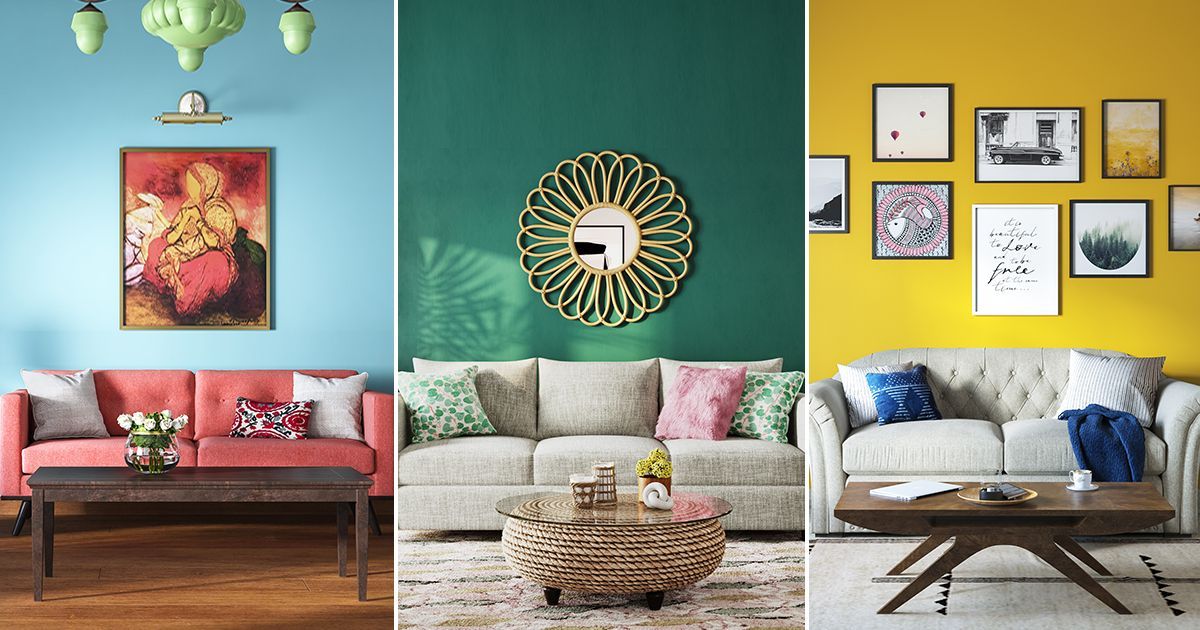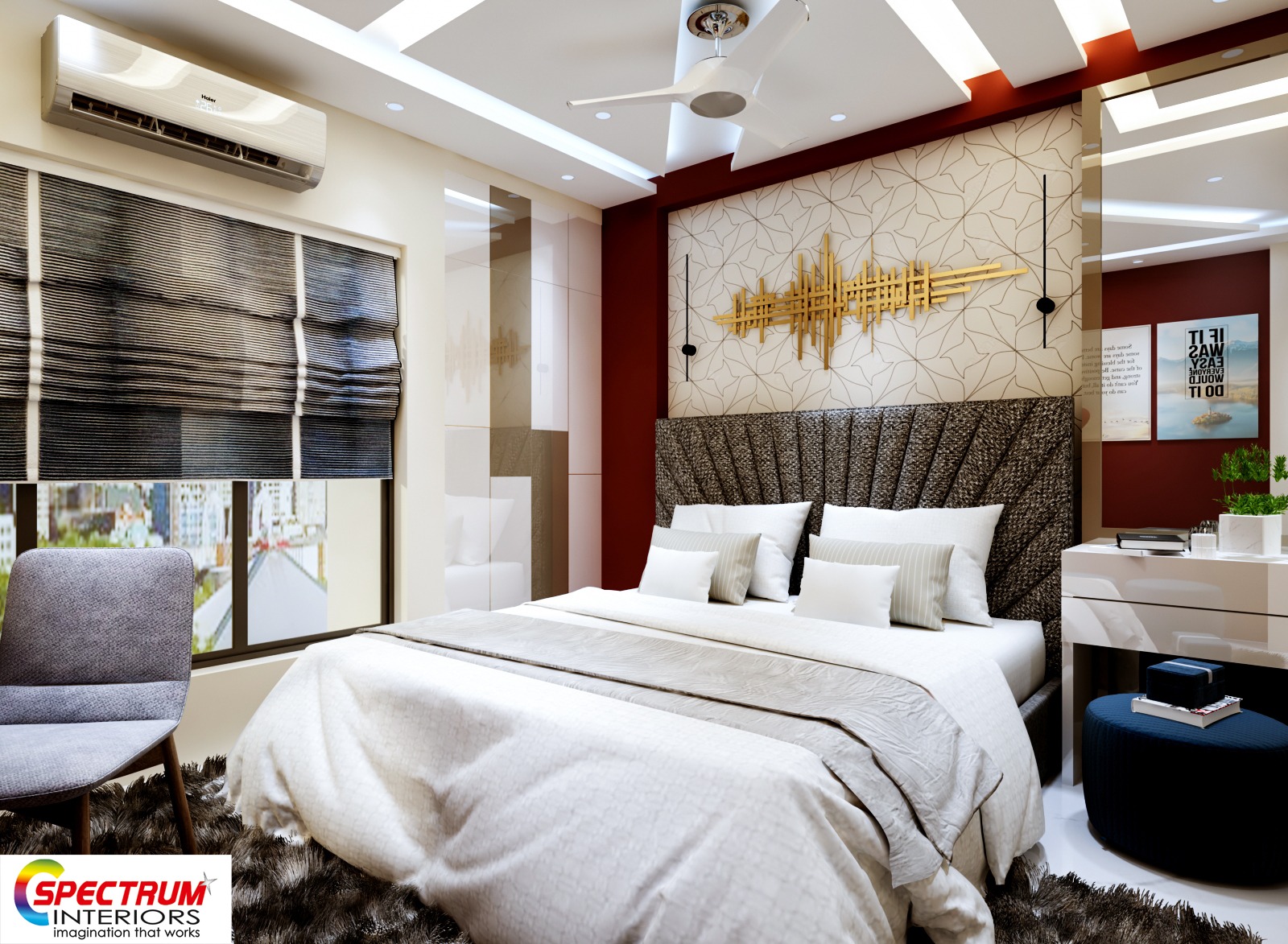Achieve a high-end look with expert luxury interior design.
Wiki Article
Change Your Home With Important Principles of Interior Decoration and Aesthetic Appeals
By comprehending the impact of shade theory and the significance of appearance and patterns, one can develop areas that are not only aesthetically attractive but additionally deeply personal. Accomplishing this stability entails more than plain design; it encompasses a strategic setup and a keen understanding of just how each aspect interacts within a room.Understanding Shade Theory
Shade theory is a fundamental facet of interior decoration that substantially influences state of mind, perception, and general aesthetic. Recognizing the principles of shade theory enables designers to produce rooms that resonate psychologically with passengers while fulfilling practical requirements (luxury interior design). Shades can be categorized right into three main kinds: primary, second, and tertiary. Each category plays a vital role in developing consistency within a space.The mental influence of colors is profound; warm tones such as reds and oranges stimulate energy and warmth, while great tones like blues and greens promote calmness and serenity. The usage of complementary shades boosts aesthetic passion, creating striking contrasts that can elevate a room's appeal.
Neutral colors, on the other hand, work as a versatile backdrop, allowing other layout aspects to radiate. It is vital to take into consideration factors such as lighting and the area's objective when picking a shade combination, as these can change the understanding of colors throughout the day.
Ultimately, a well-considered color pattern can change an area, promoting a sense of comfort and design that straightens with the citizens' choices. Mastery of color concept is, consequently, a crucial ability for any interior developer intending to create harmonious and welcoming settings.
Accomplishing Balance in Layout
Just how can designers achieve a feeling of balance in their spaces? Attaining equilibrium in style is fundamental to developing harmonious interiors. Developers can use three key sorts of balance: in proportion, asymmetrical, and radial. Balanced equilibrium involves preparing aspects evenly around a main point, cultivating a sense of order and tranquility. This kind typically features sets of furniture or art work, enhancing aesthetic stability.Asymmetrical equilibrium, on the other hand, depends on differing elements that still achieve a natural appearance. This technique allows for even more vibrant and informal setups, providing rate of interest while maintaining balance. By carefully choosing differing sizes, colors, and structures, designers can develop a visually compelling room that feels balanced yet energetic.
Radial equilibrium emphasizes a central centerpiece with components radiating outside. This design is commonly seen in circular designs, where furnishings and style create a cohesive border that attracts the eye internal.
Ultimately, accomplishing balance needs thoughtful factor to consider of range, percentage, and the relationships between aspects. miami interior design. By skillfully applying these balance principles, designers can transform areas into atmospheres that really feel both visually pleasing and functionally unified, boosting the total experience for owners
Importance of Spatial Awareness

A keen sense of spatial awareness enables designers to recognize centerpieces within an area, leading the visitor's focus to essential functions while preserving a general feeling of unity. It likewise helps in the calculated positioning of illumination, which can dramatically influence the perception of space and state of mind. Furthermore, understanding spatial relationships makes it possible for the designer to satisfy the specific needs of inhabitants, ensuring that each location serves its designated purpose without compromising aesthetic appeals.
Eventually, spatial awareness is crucial for maximizing the possibility of any type of interior room. By very carefully considering the interaction between measurements, design, and function, developers can produce settings that not only meet functional requirements yet likewise evoke a sense of comfort and appeal, enhancing the total living experience.
Incorporating Appearance and Patterns
Accepting a varied series of textures and patterns can substantially enhance the aesthetic and tactile charm of an interior area. The strategic use numerous materials-- such as timber, metal, material, and rock-- creates deepness and interest, making a space really feel more welcoming and vibrant. Combining smooth surface areas with harsh textures can establish an equilibrium that draws the eye and engages the detects.When including patterns, consider both scale and rep. Huge patterns can function as focal factors, while smaller, refined styles can complement various other aspects without frustrating the area. Layering patterns, such as pairing flower paddings with striped throws, adds intricacy and a feeling of consistency if executed thoughtfully.
It is likewise crucial to maintain a cohesive shade scheme, making certain that appearances and patterns function with each other as opposed to compete for attention. By selecting a couple of vital structures and patterns, you can produce a combined aesthetic that reflects your individual style while enhancing the overall setting of the space. Eventually, the careful incorporation of these components can transform a mundane room right into an advanced environment abundant with character and warmth.
Individualizing Your Area
Creating a room that shows your personality is essential to accomplishing a really welcoming atmosphere. Personalization in indoor style allows you to instill your distinct design and rate of interests into your home, changing it from a mere sanctuary into a refuge that speaks to that you are. Begin by choosing a shade combination that reverberates with your emotions-- vibrant shades can energize, while soft tones use tranquility.Include artwork and decoration that reflect your interests, whether it be travel, nature, or abstract ideas. Displaying Read Full Article personal collections, such as publications, photographs, or keepsakes, can evoke treasured memories and develop prime focus within an area. Additionally, think about customizing practical items, like upholstered furniture, to line up with your visual preferences.

Conclusion
Finally, the transformation of a home with the crucial principles of interior style and aesthetics necessitates a detailed understanding of shade concept, balance, spatial awareness, structure, and customization. Each component adds considerably to producing an unified and practical living setting - miami luxury interior design. By attentively incorporating these concepts, people can improve the aesthetic allure and psychological vibration of their rooms, inevitably fostering a home that reflects unique identities while providing comfort and practicalityReport this wiki page